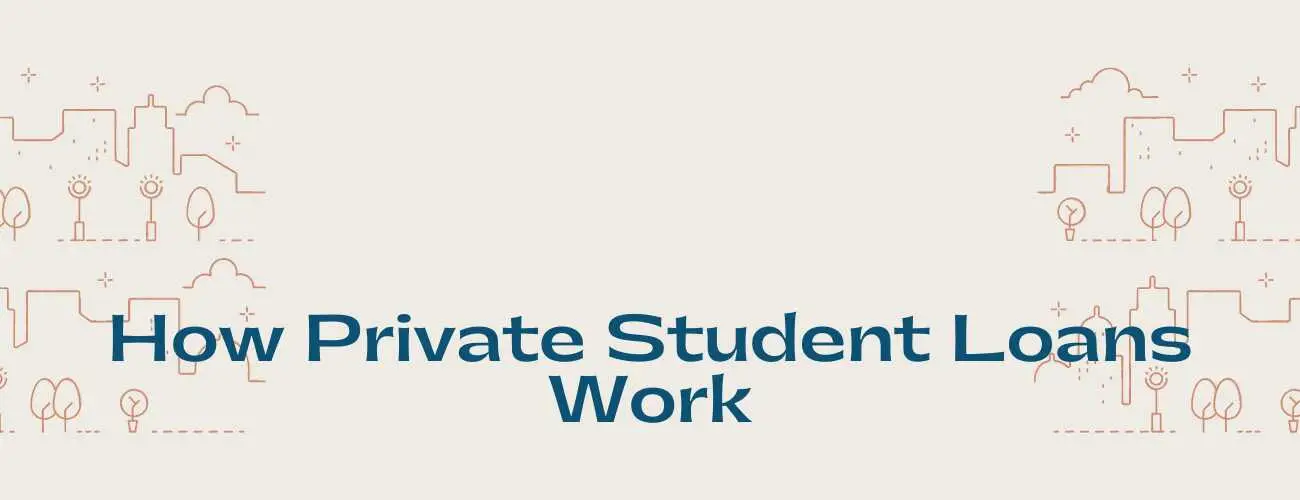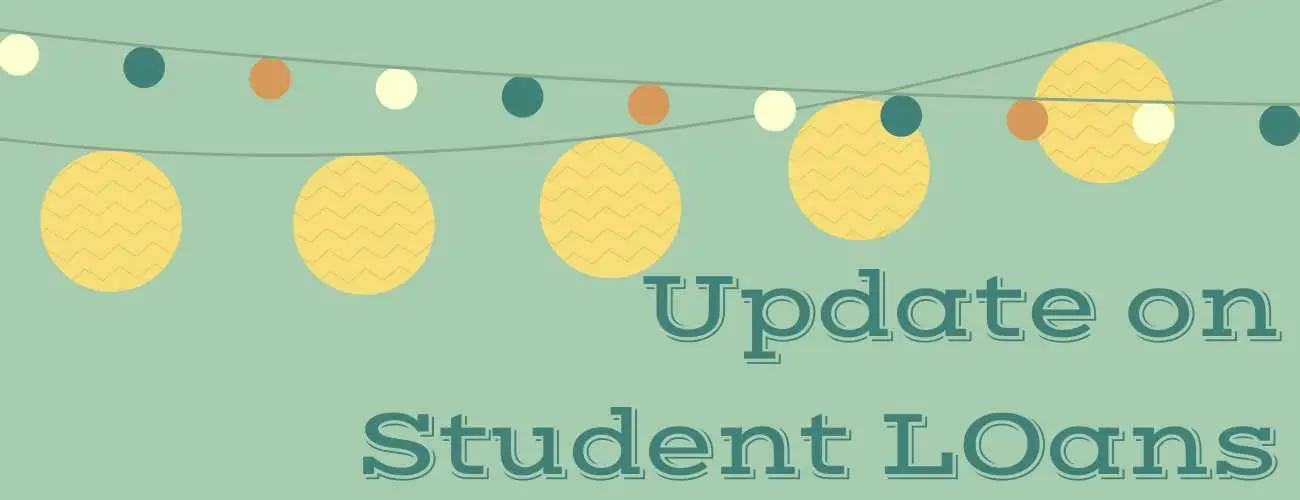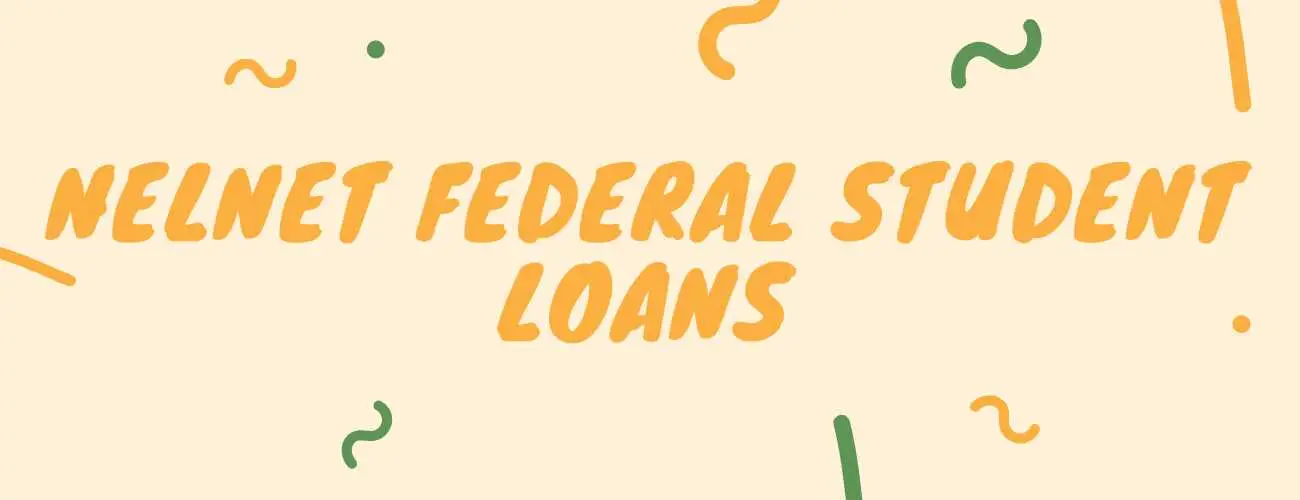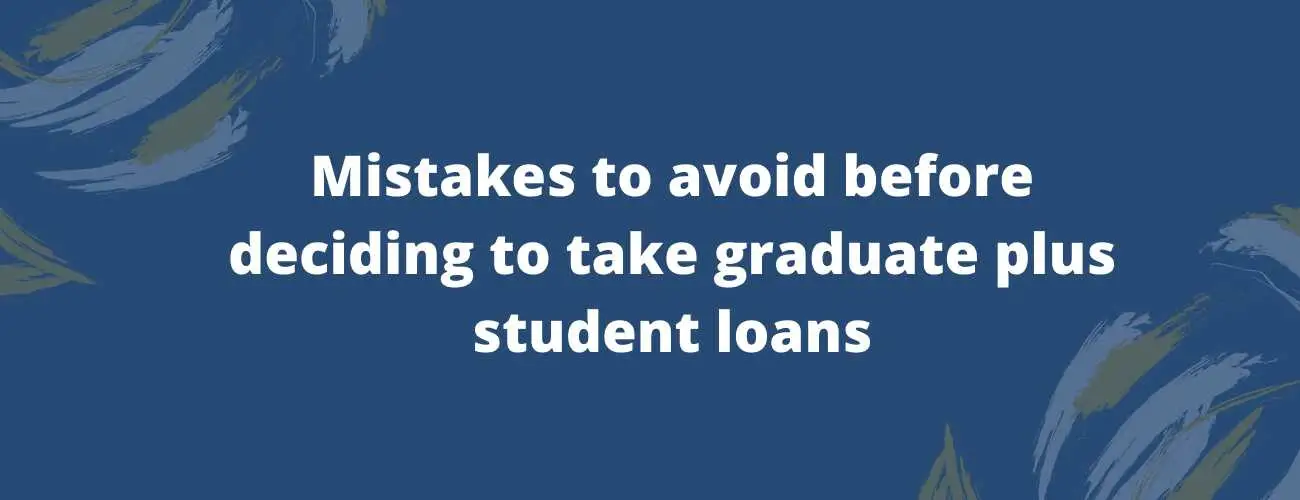Borrower Defense to Repayment: How it Works (Easy Guide)
Borrower defense to repayment helps you find student loan debt forgiveness if your college has broken laws or misled you.
Updated by Nchumbeni Yanth on 1st September 2021
Student loans are heavy weights to carry, even with the help of financial aid and scholarships. Upon graduation, students must make monthly loan payments with interest to pay for their education without hurting their credit score. It’s all worth it though, as education is one of the best investments you could make...or is it?
While most students gather some value from a college degree or diploma, some schools fall short in their delivery. Sometimes, even with malicious intent. Some schools have been found guilty of misleading students about employability and transfer credits, defrauding them, and breaking laws for accreditation, profit, and other self-interested pursuits.
But what happens if a student borrows money for a school like that? Do they receive any compensation, or are they on the hook for paying their entire student loan debt?
That’s where borrower defense applications come in. Students can apply for borrower defense to loan repayment if their school broke any laws or severely misled them. A successful claim offers full (in some cases partial) student loan forgiveness. Read on to find out more about schools’ borrower defense to repayment status, how to submit a borrower defense application, borrower defense to repayment regulations, how to achieve borrower defense to repayment success, and more.
Table of Contents
- What is Borrower Defense to Repayment?
- Eligibility Requirements for Borrower Defense to Repayment
- Schools with Borrower Defense Claims
- How to Apply for Borrower Defense to Repayment
- What If I’m Not Eligible for Borrower Defense But Still Can’t Repay My Student Loans?
- Frequently Asked Questions (FAQs)
- More Information About Student Loan Repayment
What is Borrower Defense to Repayment?
Borrower defense to repayment is a loan forgiveness program regulated by the US Federal Government. The program offers loan forgiveness to students of schools who attended schools that broke laws, defrauded student loans, or misled students. Some examples of misleading students include misrepresenting job placement statistics after graduation or lying about students’ ability to transfer course credits to other institutions.
The program was established by the Obama administration in 2015, but certain requirements made approval more difficult under the Trump administration later in 2019, including the requirement of proof that the school intentionally broke certain laws or misled students. That requirement resulted in students sometimes only receiving partial loan forgiveness. While experts applauded the requirement in theory, it proved to be ineffective in practice, resulting in thousands of backlogged claims.
However, now in 2021, the US government plans to offer full loan forgiveness to those students who were only eligible for partial forgiveness, and lift the extra requirements imposed by the Trump administration.
A student can apply for borrower defense claims regardless of their default status on their loans.
Eligibility Requirements for Borrower Defense to Repayment
To qualify for borrower defense to repayment, you must, at the least, suspect that your school:
- Knowingly misled you about your education program
- Broke state laws, such as consumer protection statutes
On top of that, the Department of Education has a few other criteria, updates, and rules for borrower defense claims:
- No loan forgiveness is automatic, even with public knowledge of a school’s illegal activities. Students must still apply through the program within three years of leaving the school.
- You must submit one separate claim for each eligible school you attended
- For students who attended schools that closed after July 1 2020 while they were still enrolled, they must apply for loan relief through the borrower defense program. Those loans are no longer automatically canceled.
- You must prove that your school knowingly misled you and that it resulted in financial harm, such as in trouble finding employment after graduating.
- If your school is closing, you must file a claim up to 180 days beforehand.
- New information about a denied claim does not automatically open your claim again.
Worried about your borrower defense to repayment? Find the best student loans suited for you.
Schools with Borrower Defense Claims
Borrower defense claims are approved for many reasons. Some schools, mainly for-profit schools, have abused the education system at the cost of both students and the federal government. The US Department of Education approved borrower defense to repayment (borrower defense) claims for borrowers that attended the following schools:
1. Corinthian Colleges (Everest Institute, Heald College, and WyoTech campuses)
Several borrowers filed borrower defense claims against the Corinthian Colleges, a for-profit institution, for misrepresenting job placement rates for various programs. The borrowers also filed a complaint against the Department of Education regarding how the DOE determined the loan discharge amounts for borrowers that didn’t receive a full discharge.
2. IIT Educational Services Inc.
More than 200,000 attendees of IIT Educational Services Inc. were granted loan discharges due to the school’s misrepresentation of its financial state. The school attracted many students to their programs and encouraged them to take out private loans with unreasonable loan terms. Additionally, they consistently misrepresented their ability to support students in finding jobs, and in transferring course credits to other schools. Upon the school’s bankruptcy in 2016, many students who hadn’t finished their degrees and took out private loans were still on the hook. After a couple of settlements, even private borrowers were discharged. More than $500 million in private student loan debt from IIT has been erased.
3. American Career Institute (ACI)
ACI fabricated job placement rates and employed unqualified instructors to teach their programs. They also forged student signatures to increase perceived enrollment rates for accreditation purposes. For these reasons and more, students were forgiven of the federal student loan debt.
4. Education Management Corporation (EDMC) (The Art Institutes, Argosy University, South University, Brown Mackie College)
EDMC was forced to forgive student loans for 80,000 students as a result of aggressive enrollment practices. For example, an admissions employee accused them of paying employees and recruiters commissions for every student enrolled.
5. Westwood College
In July 2021, The DOE approved various borrower defense claims totaling $53 million against Westwood College. The college misrepresented both students’ ability to transfer credits to other institutions, as well as employment opportunities for criminal justice students.
6. Marinello Schools of Beauty
The DOE approved over 200 borrower defense claims totaling $2.2 million in relief against Marinello because they misrepresented the instruction they’d provide to students. The school often left gaps in student education, leaving them without instructors for as long as several weeks. As a result, students couldn’t pass state licensing tests upon their graduation.
7. Court Reporting Institute (CRI)
CRI misrepresented the length of time required to complete its program, resulting in many students failing to become court reporters. Only 2-6% of students graduated from the program, and those students took much longer than the school advertised. The DOE approved 18 claims against the school totaling $340,000 for former students.
So, there are many shady activities that a school might engage in to warrant a borrow defense claim. Other institutional bodies that have had borrower defense claims include Adtalem Global Education, Apollo Education Group, Career Education Corporation, Infilaw Corporation, Graham Holdings, and Globe Education Network. Some school names you might recognize as acquired by these companies include Kaplan University, TESST College of Technology, Duluth Business University, and others.
How to Apply for Borrower Defense to Repayment
You can submit an application for borrower defense to repayment completely online or by mail. You’ll also want to include proof of your registration and your transcripts with your application if possible. Here are some approaches you can take to apply:
- You can apply online by either logging into your account, or by downloading a fillable PDF form that you can email to borrowerdefense@ed.gov.
- You can apply by mail by completing the fillable PDF and sending it to the Department of Education through regular mail.
Note: When you submit a borrower defense application, your federal student loans might be automatically placed into forbearance and stop any debt on your defaulted federal student loans.
Supporting Documents for Your Borrower Defense Application
While not mandatory, these additional documents can strengthen your borrower defense application. If possible, try to include the proof of the following:
- Admissions profiles contradicting the school’s advertisement
- Misrepresentation of a school’s certification for programs
- Misrepresentation of the school’s advertised education resources
- Licensure passage rates contradicting the school’s advertisement
- Employment rates contradicting the school’s advertisement
- Misrepresentation of students’ ability to transfer credits to other institutions
- Misrepresentation of job placement rates and salaries
- Misrepresentation of financial assistance information
Some of the above evidence might be found on the school’s websites, email correspondence, enrollment agreements, brochures, course manuals, and more.
How Do I Know If My Claim Has Been Approved?
The US Department of Education or your loan servicer will contact you once they have reviewed your application. They will inform you whether it was successful or denied. If your claim is successful, you’ll be forgiven for either all or part of your student loan debt. If your claim is denied, you will need to repay your loans, including any interest that accrued during the forbearance or collections period.
If weeks have passed and you still haven’t received a response regarding your application, contact an agent via email at borrowerdefense@ed.gov, or by phone at 1-855-6207.

What If I’m Not Eligible for Borrower Defense but Still Can’t Repay My Loans?
If you’re ineligible for borrower defense, other options might help you with your student loans. Find out more details on the Complete Guide on Student Loan Forgiveness Programs. Here are a few programs to think about:
Public Service Loan Forgiveness
The Public Service Student Loan Forgiveness (PSLF) Program offers loan forgiveness to people who work full-time in the public sector, either with a US government agency or department, or a non-profit organization. Some eligible claimants include government employees, social workers, and military personnel.
Teacher Loan Forgiveness Program
The Teacher Loan Forgiveness Program offers student loan forgiveness to full-time teachers in low-income schools or agencies.
Total and Permanent Disability (TPD) Discharge Program
The TPD Discharge Program helps borrowers suffering from a total and permanent disability (TPD) by offering a complete discharge on federal student loans. For this program, you’ll need to provide extensive documentation of your disability, including a physician’s letter.
Bankruptcy and Undue Hardship on Dependents Student Loan Discharge
It’s very rare for student loans to be forgiven through bankruptcy. However, one avenue might absolve you from student loans. This program is available for borrowers who can prove that repaying their student loans would result in undue hardship on their dependents.
Frequently Asked Questions (FAQs)
What Do I Need for My Borrower Defense Application?
To apply for borrower defense to repayment, you’ll need the following:
- Account username and password (FSA ID)
- Name of school(s) and programs of study
- Enrollment dates
- Documentation explaining the basis for eligibility for borrower defense, including proof of financial harm
Are Any Borrower Defense Claims Actually Successful?
This year, there are currently over 100,000 borrower defense applications that are backlogged. Unfortunately, new rules under the Trump administration tightened eligibility requirements, making the process longer. However, the current administration has expressed plans to remove those requirements. Moreover, thousands of students have been successful in their borrower defense claims.
More Information About Student Loan Repayment
The Federal Department of Education offers a variety of student loan repayment options for standard, graduated, and extended repayment plans. Each plan bases your payment amounts on your loan balance and interest rate, as well as other factors like income.
Long repayment terms aren’t always cheaper. While you might be drawn to lower monthly payments, you might end up paying way more in interest over the course of your loan.
Remember — if you don’t repay your loans on time, your loans might go into default. This subjects your loans to collection activity, which may include:
- Wage garnishment ( deducting money from your pay/income)
- Collection calls
- Legal action
For more information about repayment options, call the borrower defense hotline at 1-855-279-6207.
Conclusion
Borrower defense to repayment is an important program that protects student borrowers from predatory schools. Students should feel empowered to submit borrower defense applications even if they’re uncertain about a school’s borrower defense to repayment status. Moreover, thousands of students have experienced borrower defense to repayment success, and have been forgiven thousands of dollars in student loan debt.




93.jpg)


28.jpg)
